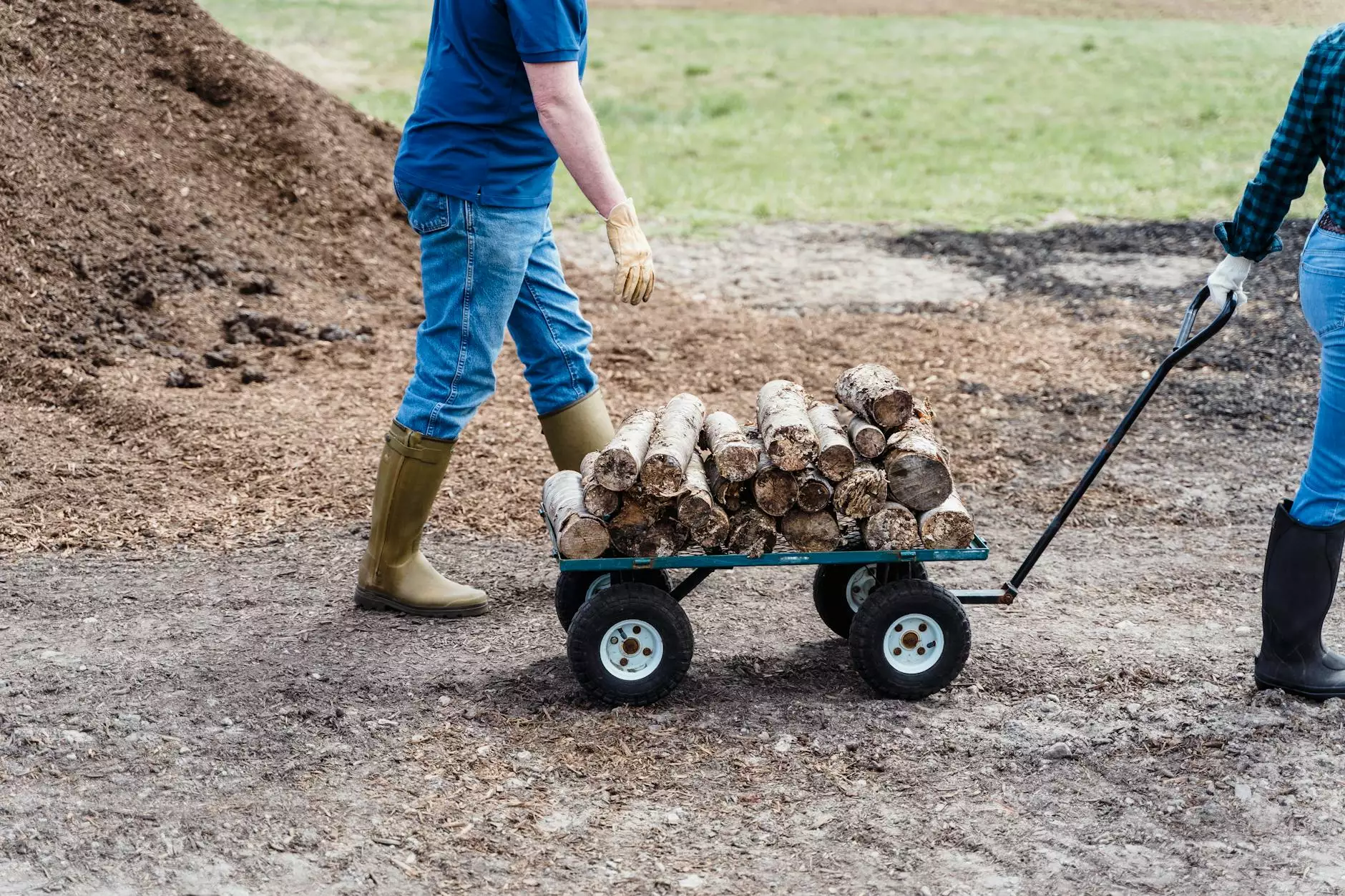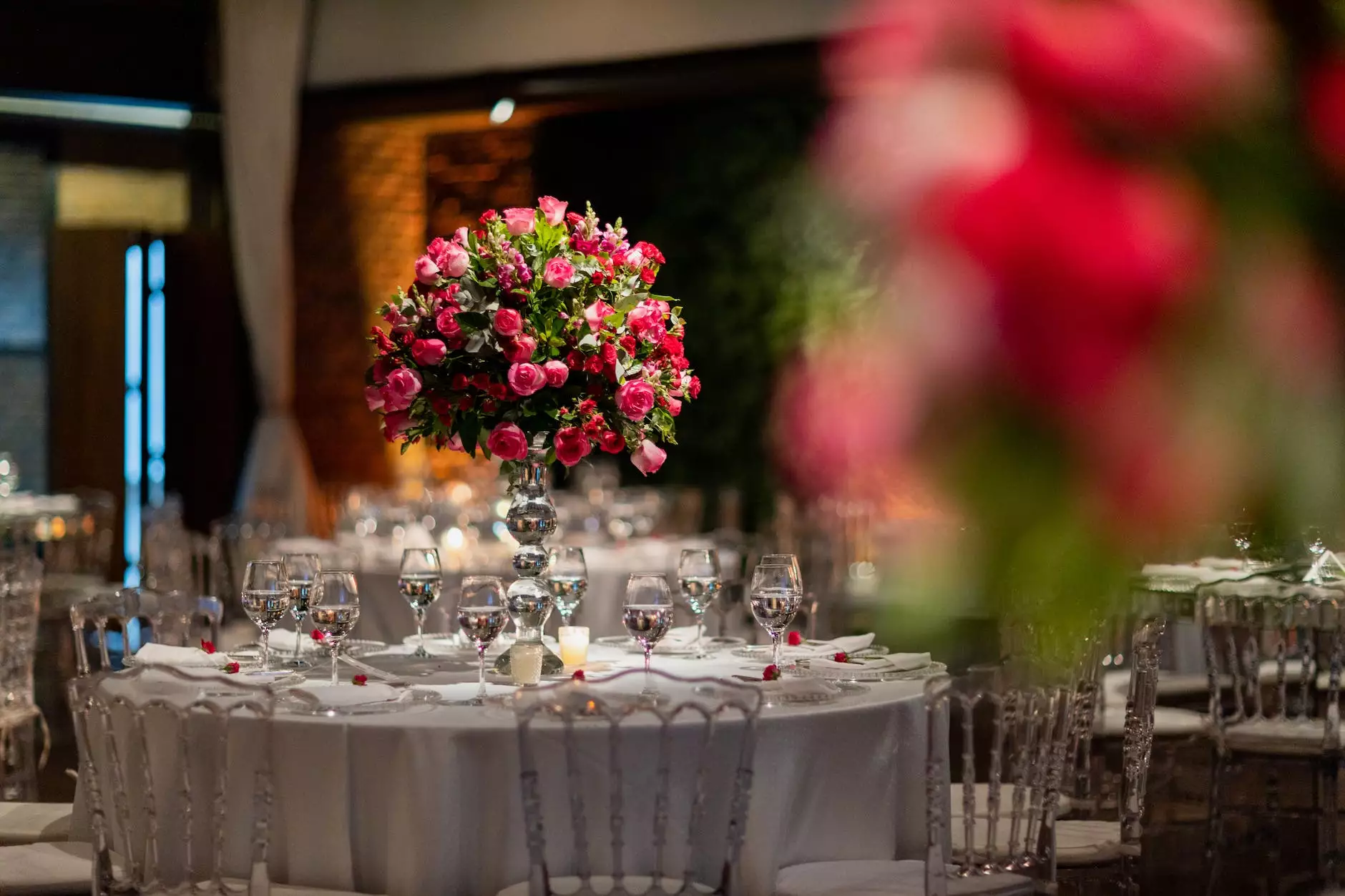Exploring Commercial Wood Species in North America

The world of woodworking is as expansive as the forests that provide its resources. For designers, builders, and enthusiasts alike, understanding the extensive database on commercial wood species in North America is crucial. This rich resource not only offers variety in aesthetics but also emphasizes sustainability and functionality. Whether using wood for home construction, furniture making, or garden landscaping, recognizing the unique properties of each species contributes to superior results. Below, we delve deeper into the realms of commercial wood species, their characteristics, and their roles in interior design and home improvement.
The Importance of Wood Species in Construction
Choosing the right type of wood is fundamental in construction and design projects. Different wood species offer varied benefits, such as durability, flexibility, and aesthetic appeal. Understanding these characteristics ensures that you select the most suitable material for your specific needs.
- Durability: Some species are naturally resistant to decay and insect damage, making them ideal for outdoor structures.
- Aesthetics: The grain patterns and colors vary widely among species, contributing to the overall visual appeal of a project.
- Workability: Certain woods are easier to work with and can be shaped or finished to meet specific design requirements.
- Availability: Knowing which species are readily available can help in budgeting and scheduling construction projects.
An Overview of Key Wood Species in North America
North America is home to a diverse array of wood species, each with its own set of properties and uses. Below, we present some of the most commercially significant types:
Oak
Oak is one of the most popular hardwoods in North America. Known for its strength and durability, oak has an appealing grain pattern that enhances furniture and flooring. It is available in two primary types:
- Red Oak: Known for its rich color and pronounced grain, red oak is often used in furniture and cabinetry.
- White Oak: More durable and water-resistant than red oak, white oak is favored for outdoor furniture and boat building.
Maple
Maple wood is recognized for its excellent strength and fine, even texture. Its light color and subtle grain make it ideal for modern and contemporary designs. Two key varieties include:
- Hard Maple: Often used in the manufacture of flooring, cabinets, and sports equipment due to its hardness.
- Soft Maple: Easily workable with a slightly lower density, it is used for furniture and interior millwork.
Cherry
Cherry wood is renowned for its rich color that deepens with age. It is a favorite in high-end furniture due to its beauty and workability. Cherry’s ability to take on stains and finishes evenly adds to its appeal, making it a sought-after choice for craftsmanship.
Pine
For those seeking sustainable and economical options, pine is a fantastic choice. It is lightweight yet strong, making it easy to work with. Pine is commonly used for:
- Framing: Ideal for structural components due to its strength-to-weight ratio.
- Furniture: Often used in rustic designs and can be finished in various styles.
Utilizing Wood Species in Interior Design
Incorporating wood into interior design offers a pathway to creating inviting and beautiful spaces. The extensive database on commercial wood species in North America serves as a guide for designers looking to enhance their projects.
Flooring
Wooden flooring is a timeless choice that resonates with warmth and elegance. The choice of species plays a pivotal role in determining the floor's durability and visual components. For example, oak and maple are preferred for their resilience and aesthetic versatility, while pine provides a rustic charm.
Cabinetry
Quality wood species contribute significantly to kitchen and bathroom cabinetry. Durable woods like cherry and white oak can withstand daily wear, while offering exquisite beauty that increases a home’s value.
Furniture
Furniture crafted from commercial wood species can add character and sophistication to any space. Hardwoods, such as walnut and mahogany, are often used in premium pieces due to their durability and stunning appearance.
Trends in Wood Usage
As society moves towards eco-friendliness and sustainability, the trends in wood usage are evolving. Homeowners and designers are increasingly turning to locally sourced wood species to reduce their carbon footprint. Furthermore, reclaimed and recycled wood options have gained popularity, providing additional character and preserving history while promoting sustainability.
Innovative Wood Treatments
Technological advances in wood treatments have led to the development of more resilient and aesthetically pleasing finishes. Treatments can enhance a wood species' natural properties, making them more resistant to moisture, scratches, and fading.
Conclusion: The Future of Wood in Design and Construction
The appeal and applicability of wood in design and construction continue to grow, supported by an ever-expanding extensive database on commercial wood species in North America. As more designers recognize the importance of sustainability and the various attributes that different wood species bring, we can expect a broader acceptance and utilization of wood in various applications. From enhancing the beauty of homes to creating functional and sustainable spaces, wood remains a vital resource in the realm of design and construction.
Whether you are an architect, interior designer, or DIY enthusiast, understanding the depth of knowledge contained within the extensive database on commercial wood species in North America is imperative. Embrace the beauty, strength, and versatility of wood, and let it inspire your next project.
extensive database on commercial wood species north america








